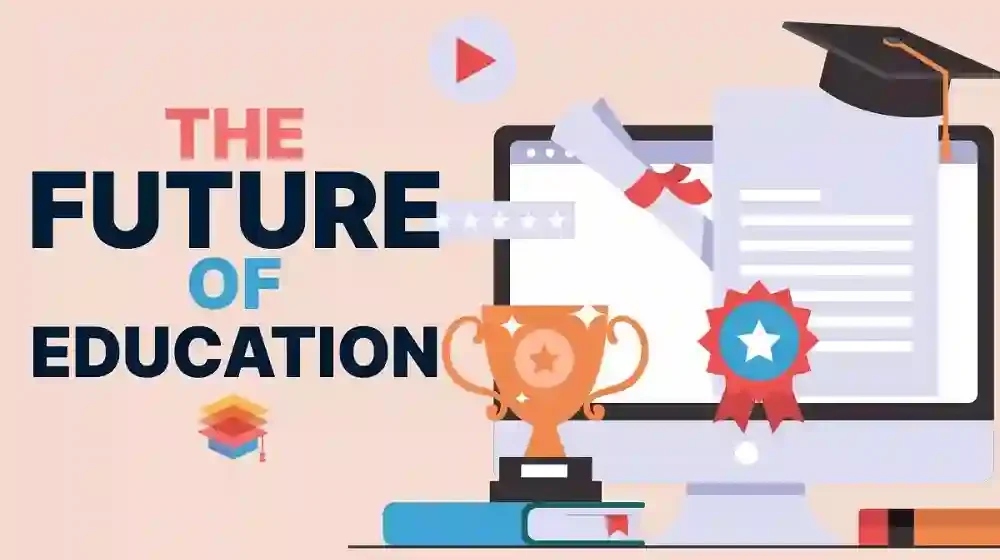In today’s rapidly evolving world, the integration of technology into education has become more critical than ever before. Education and technology are no longer separate entities but are intertwined in a way that shapes how we learn and prepare for the future. In this article, we will explore the profound impact of technology integration in education, its benefits, challenges, and its role in equipping learners with the skills they need for the digital age.
The Digital Age and Education
The digital age has ushered in an era of unprecedented technological advancements that have reshaped nearly every aspect of our lives. From the way we communicate and access information to how we work and solve problems, technology plays a central role. As a result, education, too, has undergone a transformation to prepare students for the demands of the 21st century.
Benefits of Technology Integration
- Enhanced Access to Information: Technology provides students with immediate access to vast amounts of information and educational resources. Online libraries, databases, and educational websites offer a wealth of knowledge at their fingertips, expanding their learning opportunities.
- Personalized Learning: Technology allows for personalized learning experiences, catering to individual students’ needs and learning styles. Adaptive learning platforms and educational apps can adjust the pace and content of lessons to match each student’s abilities.
- Engaging Learning Tools: Interactive and multimedia resources, such as videos, simulations, and virtual reality, make learning more engaging and enjoyable. These tools can bring complex concepts to life and spark students’ interest.
- Collaboration and Communication: Technology enables collaboration among students, teachers, and experts from around the world. Online discussion forums, video conferencing, and collaborative platforms facilitate communication and teamwork, preparing students for a globalized workforce.
- Real-World Skills: Learning to use technology effectively is a crucial real-world skill. Integrating technology into education helps students become digitally literate, which is essential for their future careers and civic engagement.
- Flexibility and Accessibility: Online learning and digital resources offer flexibility for learners of all ages. Whether it’s accessing coursework remotely or pursuing lifelong learning, technology provides accessibility to education.
- Data-Driven Instruction: Educational technology can collect data on student performance, allowing teachers to tailor instruction based on students’ strengths and weaknesses. This data-driven approach enhances teaching effectiveness.
Challenges of Technology Integration
While the benefits of technology integration are evident, it also presents challenges that educators and policymakers must address:
- Digital Divide: Not all students have equal access to technology and the internet, creating a digital divide. Ensuring equitable access to technology is crucial to prevent disparities in education.
- Privacy and Security: Safeguarding students’ data and privacy in the digital world is a significant concern. Educational institutions must implement robust security measures to protect sensitive information.
- Teacher Training: Educators need training and professional development to effectively integrate technology into their teaching. Many teachers may feel overwhelmed by the rapid pace of technological change.
- Screen Time and Health: Excessive screen time can have adverse effects on students’ physical and mental health. Balancing technology use with physical activity and face-to-face interactions is essential.
- Digital Distractions: Technology can be a double-edged sword, with the potential for distractions. Educators must find ways to keep students engaged and focused on educational content.
The Role of Technology in Future-Ready Skills
In the digital age, being future-ready means possessing a set of skills that are essential for success in the evolving job market and society. Technology integration in education plays a pivotal role in equipping students with these skills:
- Digital Literacy: Future-ready individuals are digitally literate, possessing the ability to navigate digital tools and platforms, critically evaluate online information, and protect their digital identity.
- Critical Thinking: Technology integration fosters critical thinking skills by encouraging students to analyze information, solve complex problems, and think critically about the ethical and societal implications of technology.
- Communication: Effective communication skills, both in written and digital forms, are crucial for collaboration and professional success. Technology integration provides opportunities for students to hone their communication abilities.
- Adaptability: The digital age is characterized by rapid change. Learning to adapt to new technologies and tools is a key skill for remaining relevant in the job market.
- Creativity and Innovation: Technology offers endless opportunities for creativity and innovation. Students can use digital tools to create art, design solutions, and think creatively about real-world problems.
- Collaboration: In a globalized world, the ability to collaborate with diverse teams, whether in person or virtually, is essential. Technology facilitates collaboration and cross-cultural communication.
- Problem Solving: Technology integration challenges students to become problem solvers. They can use digital resources to tackle real-world issues and find innovative solutions.
Preparing for the Future
To prepare students for the future, education must strike a balance between tradition and innovation. While technology integration is essential, it should not replace fundamental skills like critical thinking, creativity, and interpersonal communication. Instead, technology should be a tool that enhances and augments the learning experience.
Furthermore, education must adapt to the changing needs of the workforce. The jobs of the future may require a different skill set than those of the past. By incorporating technology and emphasizing skills like adaptability and problem-solving, education can help individuals thrive in the ever-changing job landscape.
Conclusion
The integration of technology into education is not just a trend; it is a fundamental shift that prepares learners for the future. Education and technology are no longer separate entities but are intertwined forces that shape the way we learn, work, and engage with the world.
As technology continues to evolve, it is crucial for educators, policymakers, and society as a whole to embrace the opportunities and challenges that technology integration presents. By doing so, we can ensure that education remains a powerful force for preparing individuals to thrive in the digital age and contribute to a rapidly changing world. Education and technology integration are the keys to preparing for a future full of possibilities and opportunities.



Leave a Reply